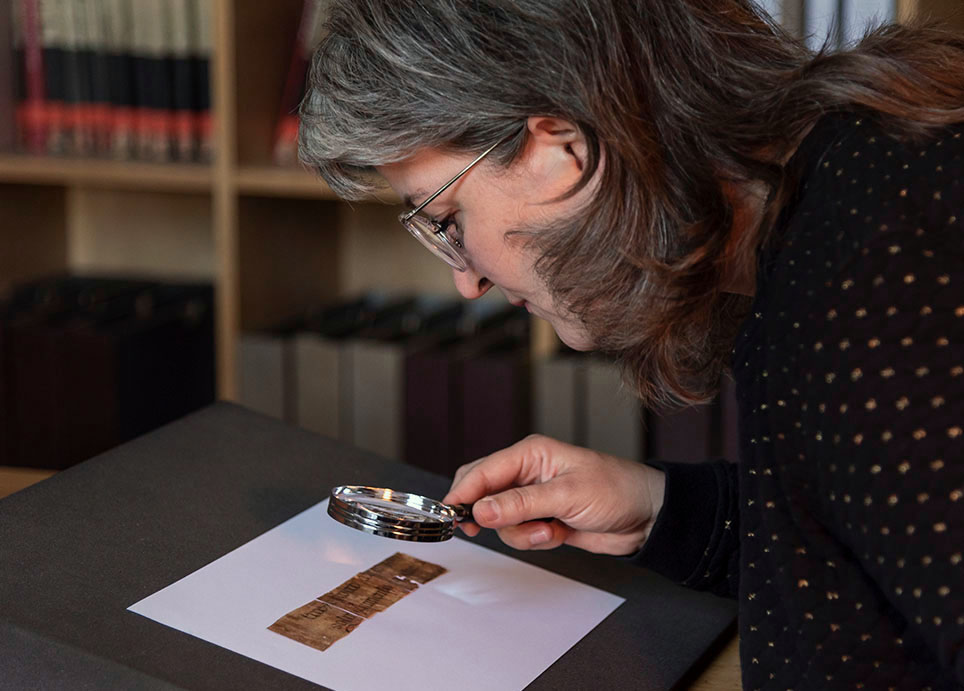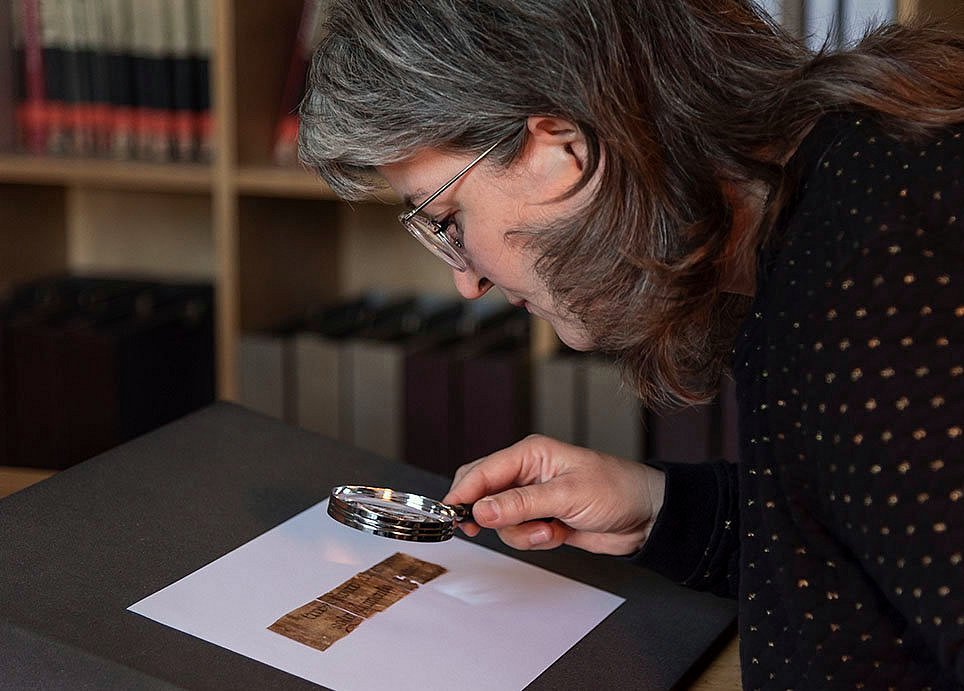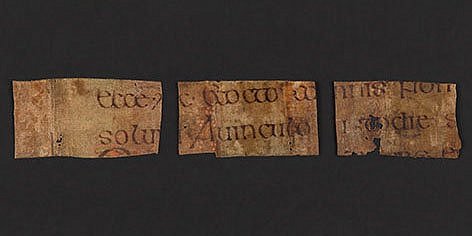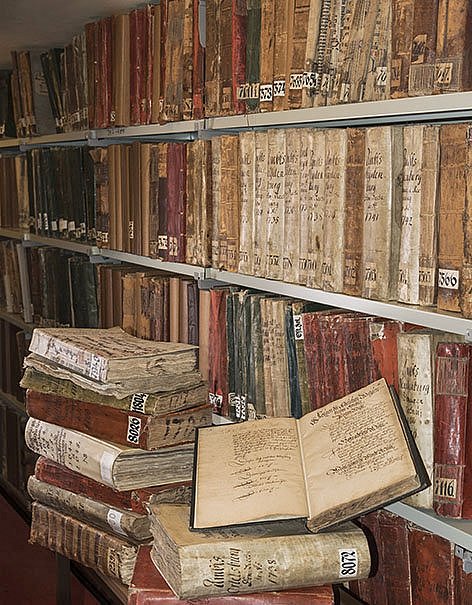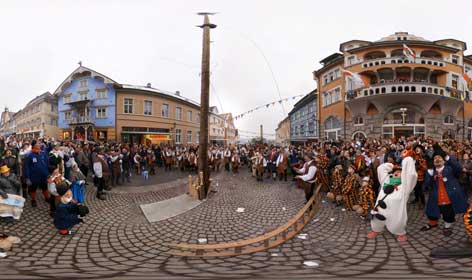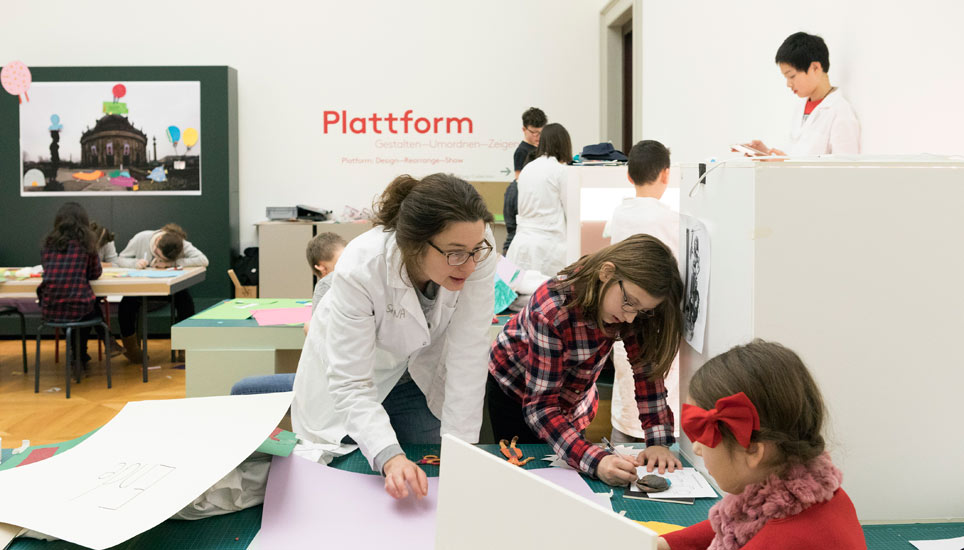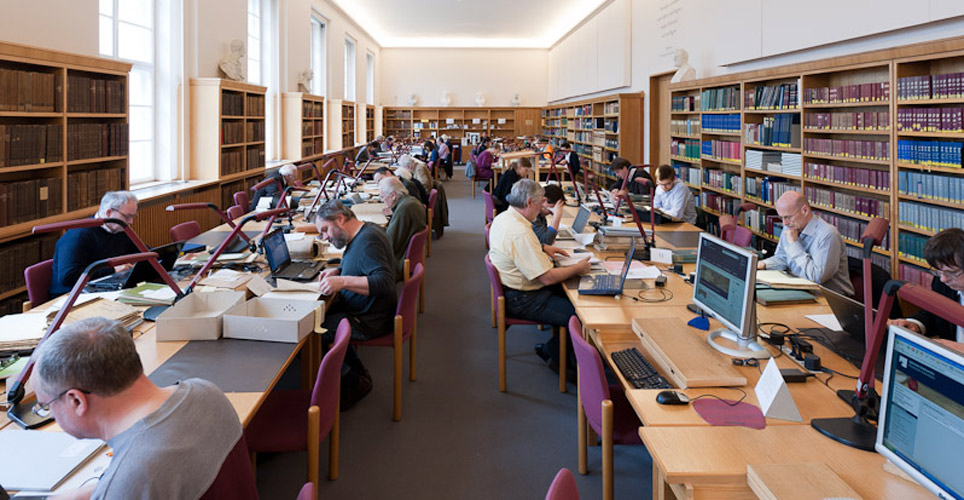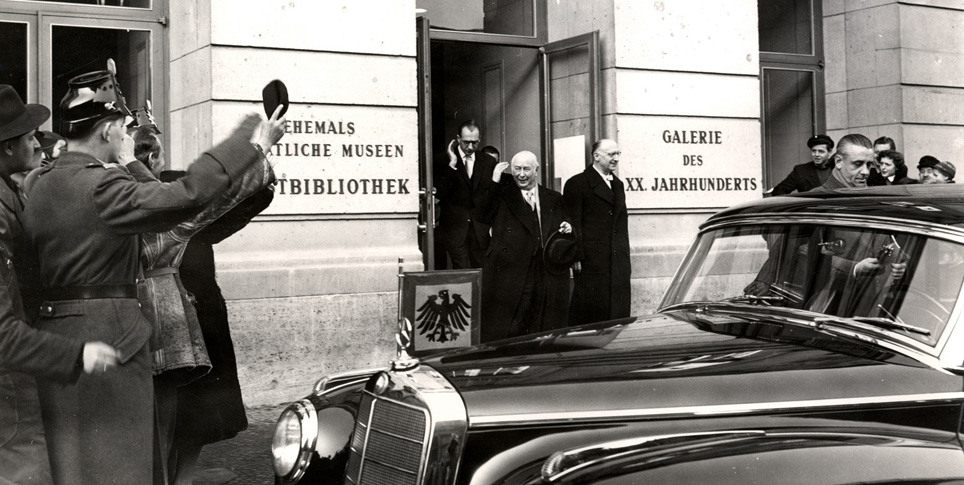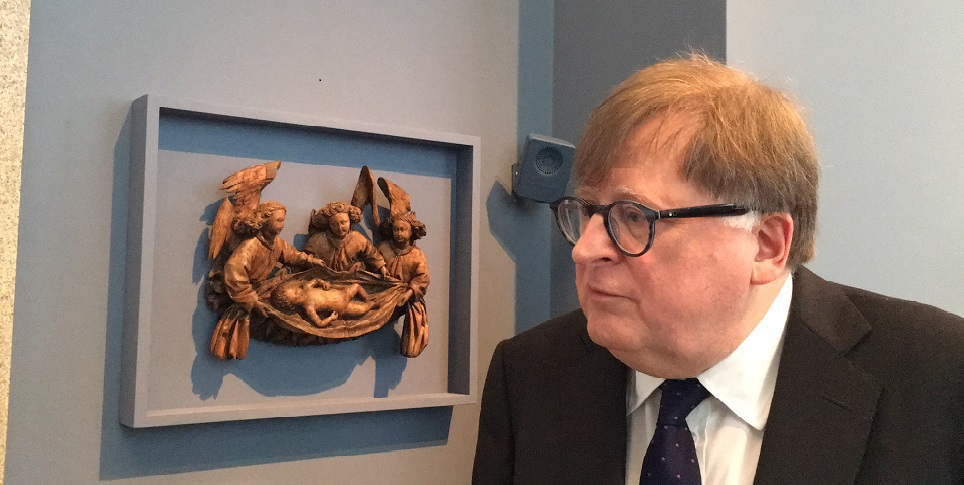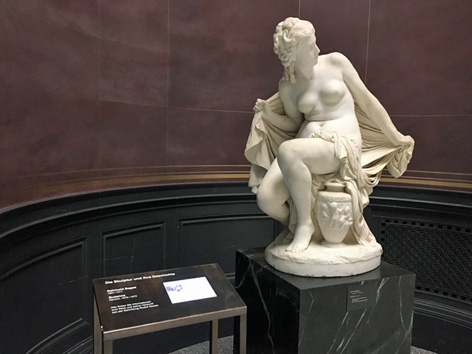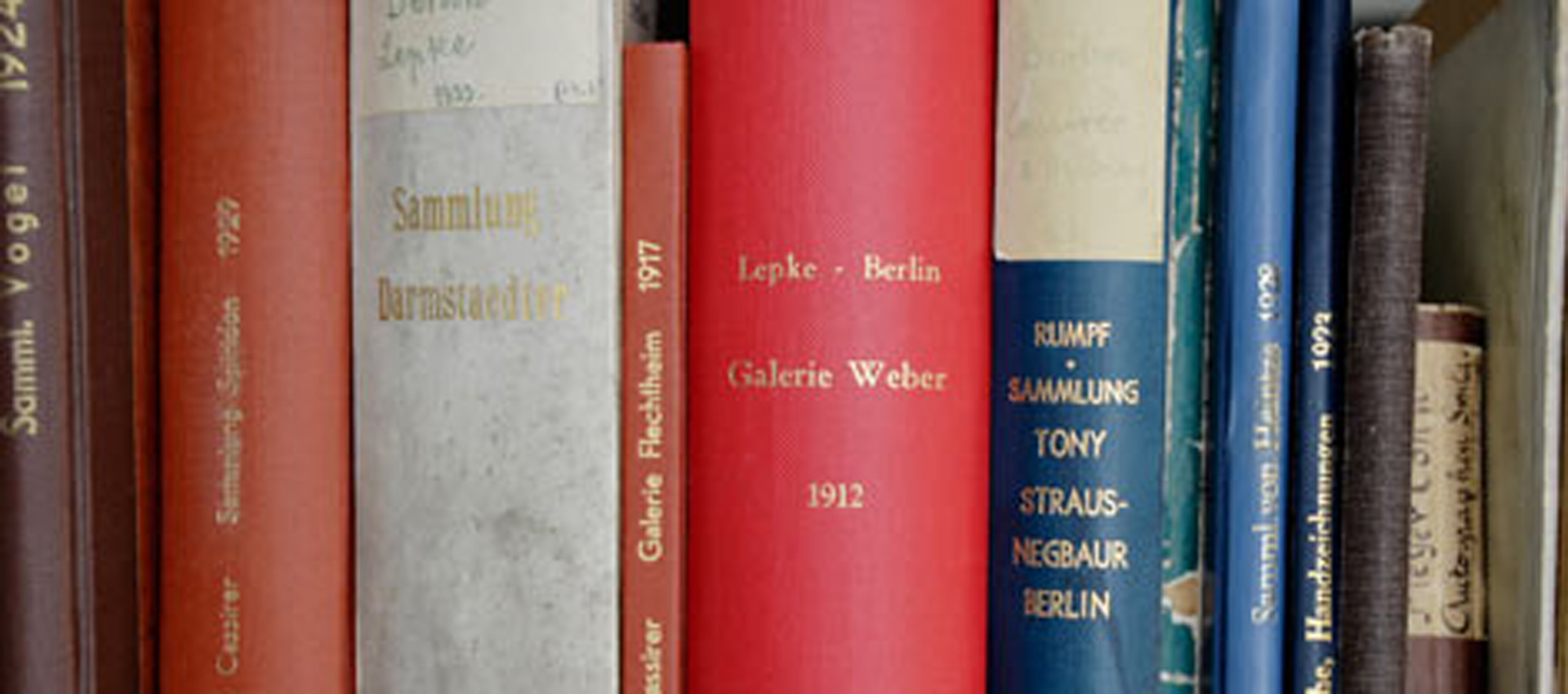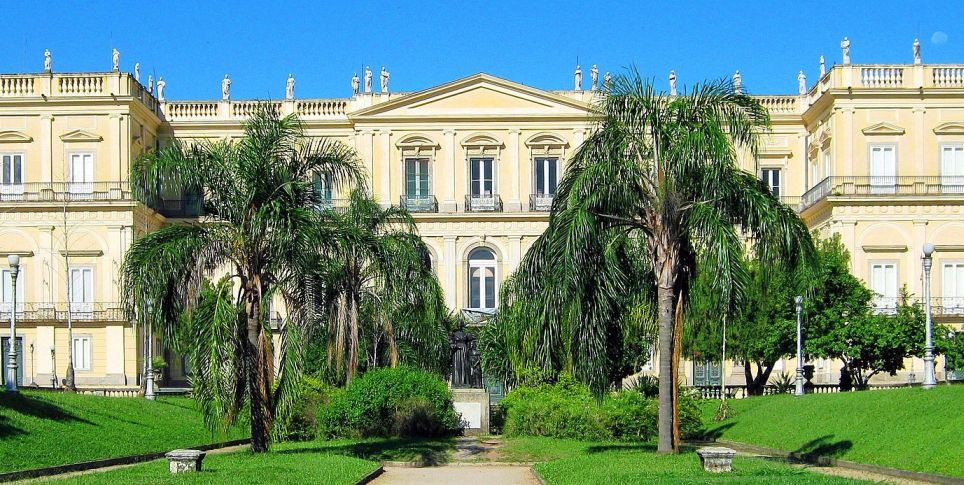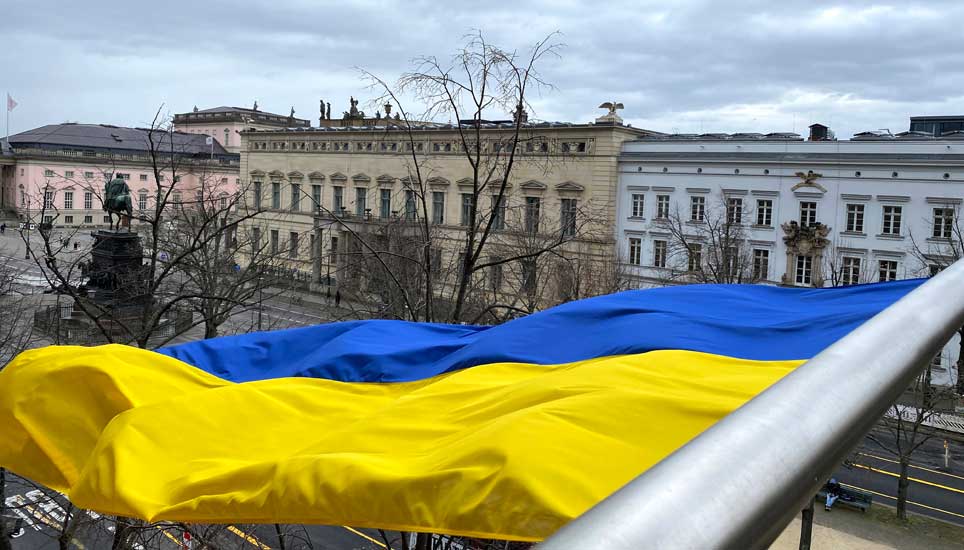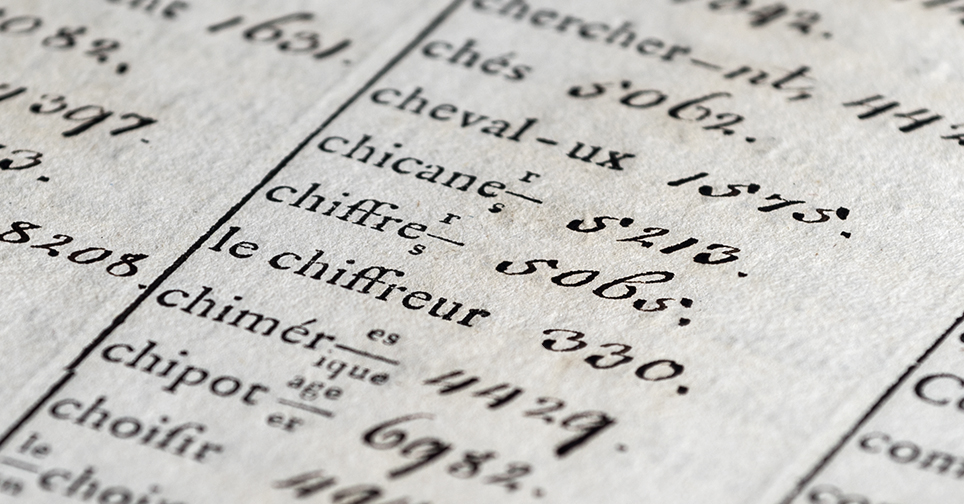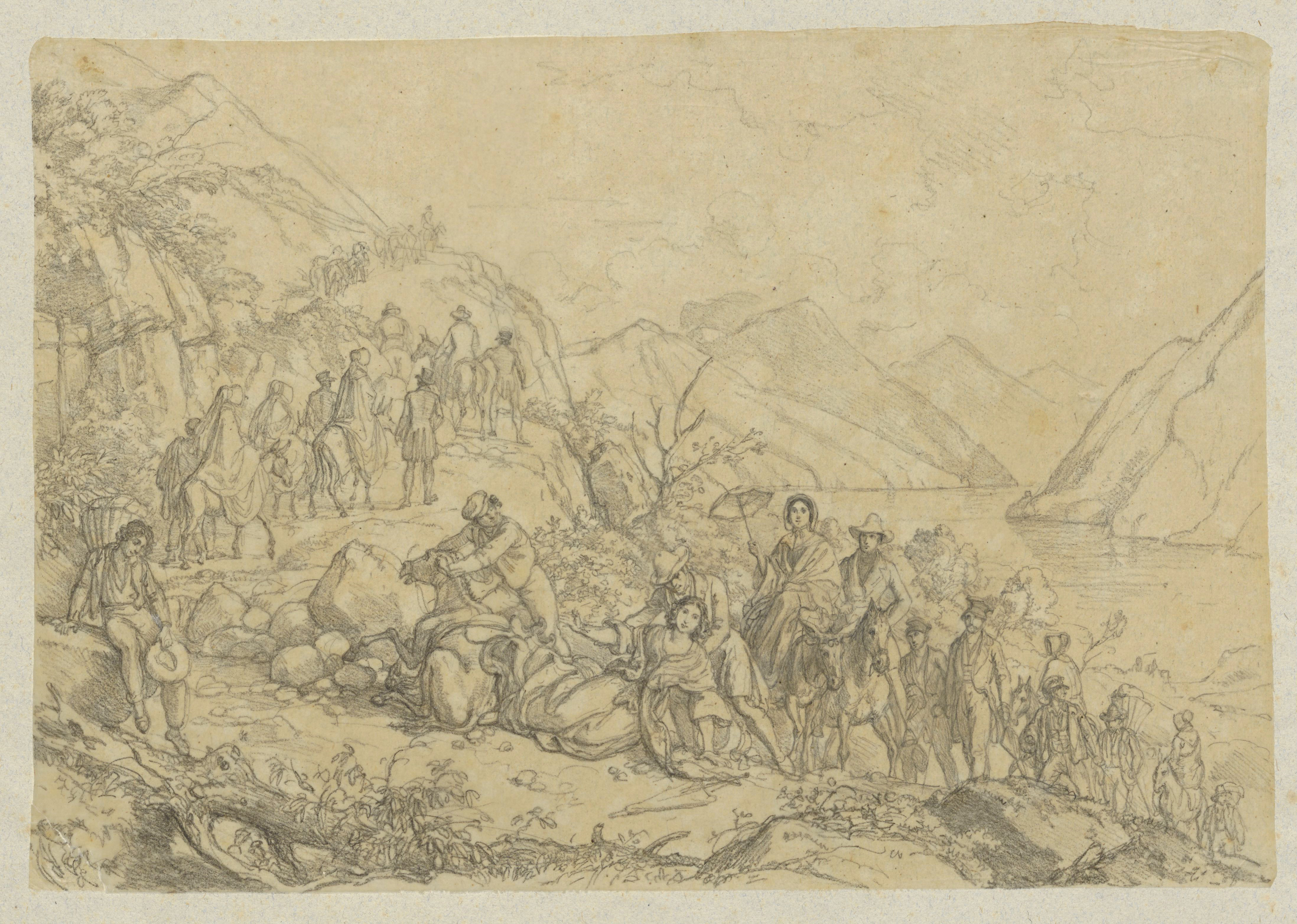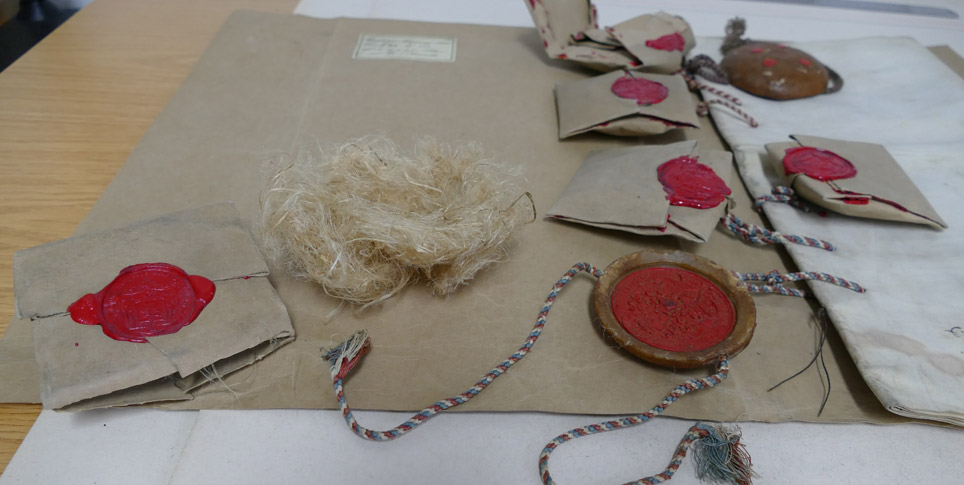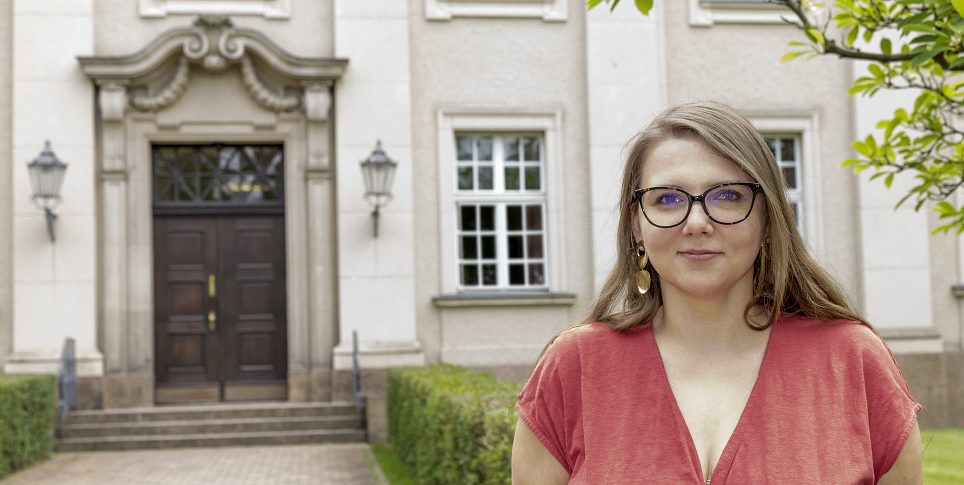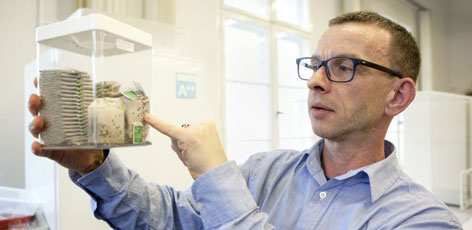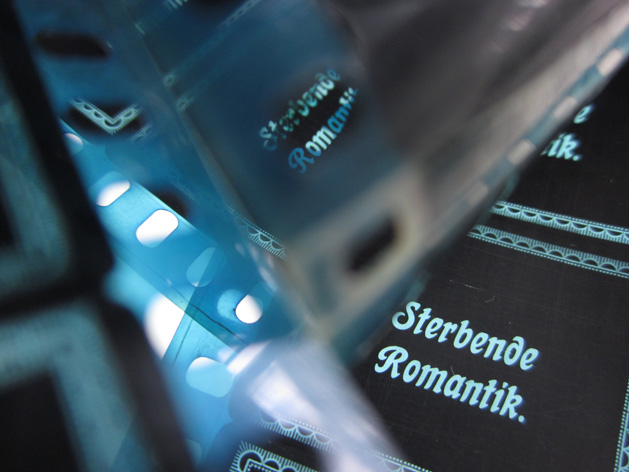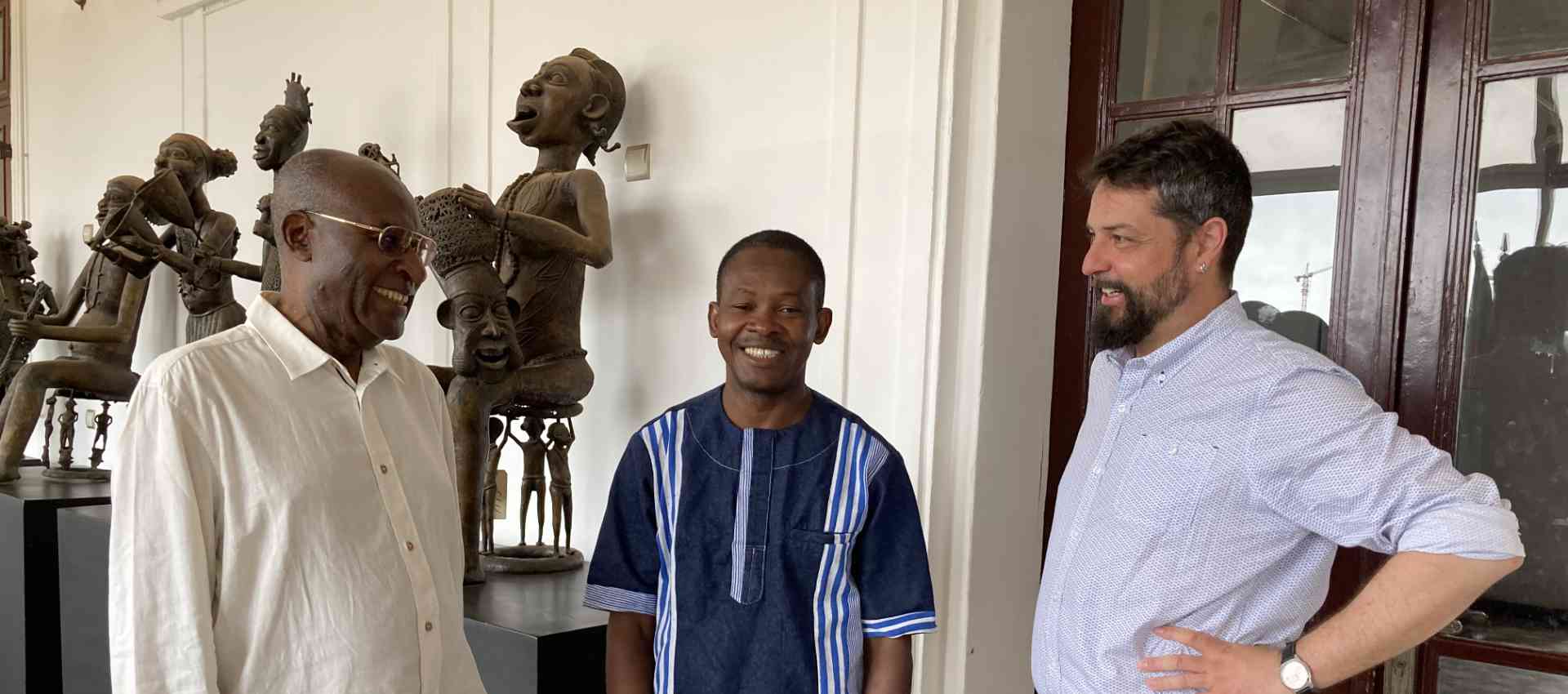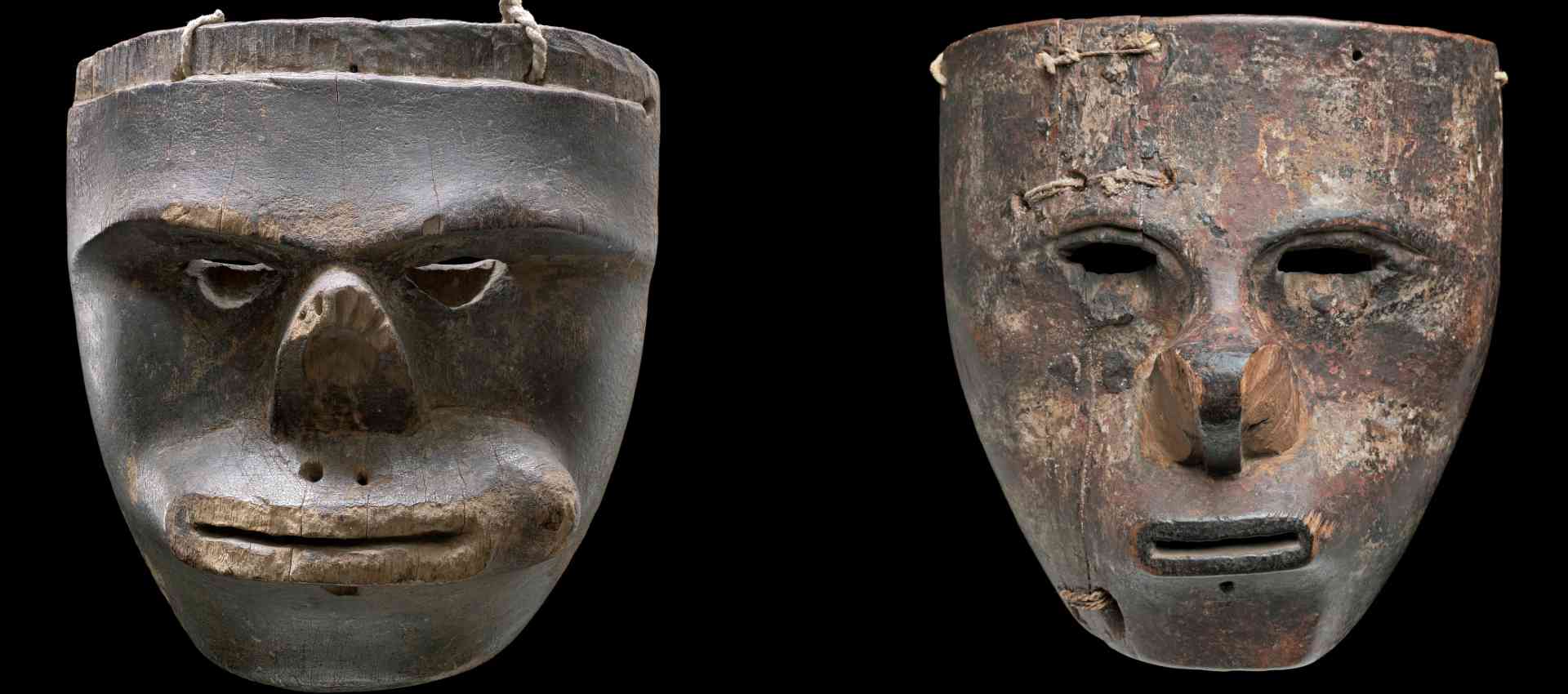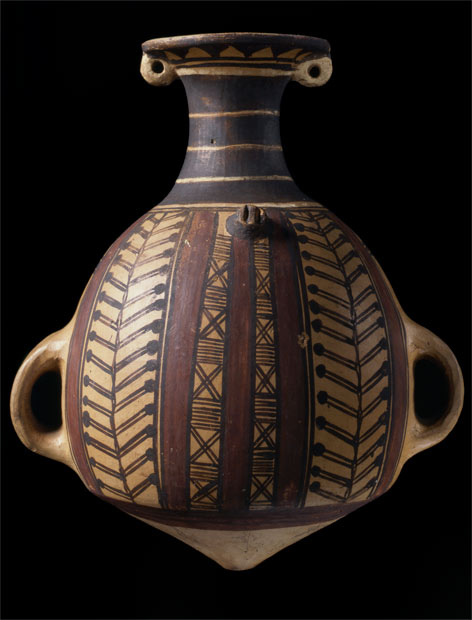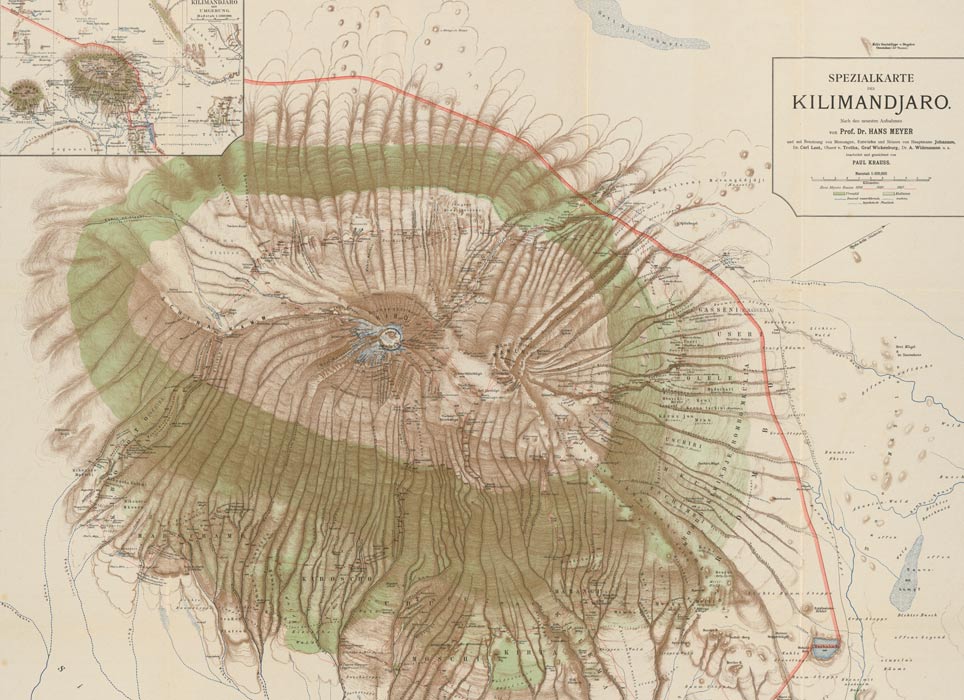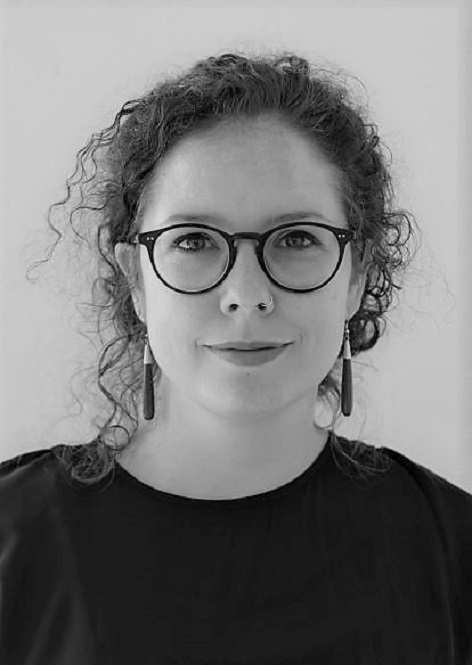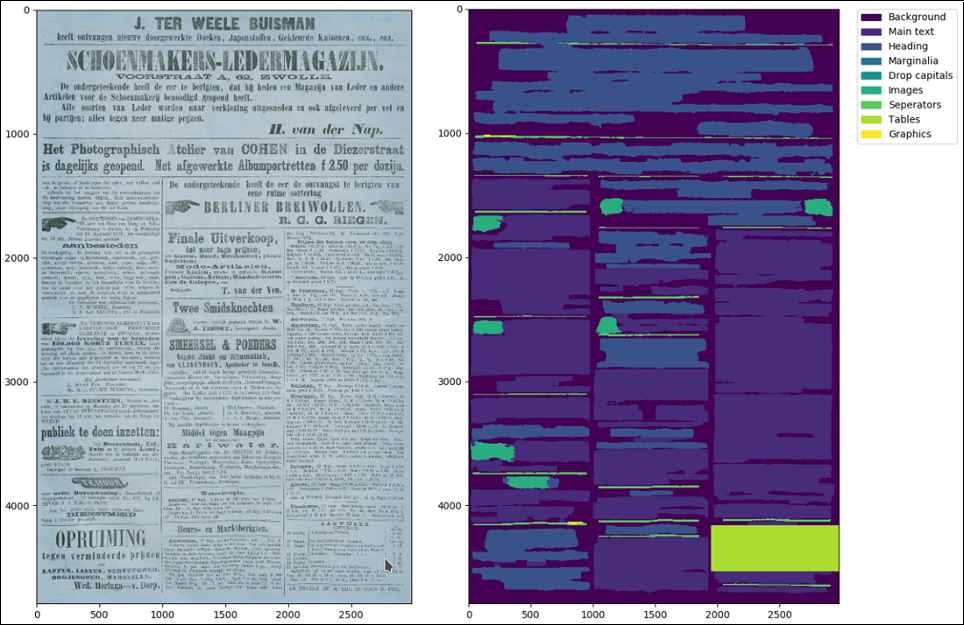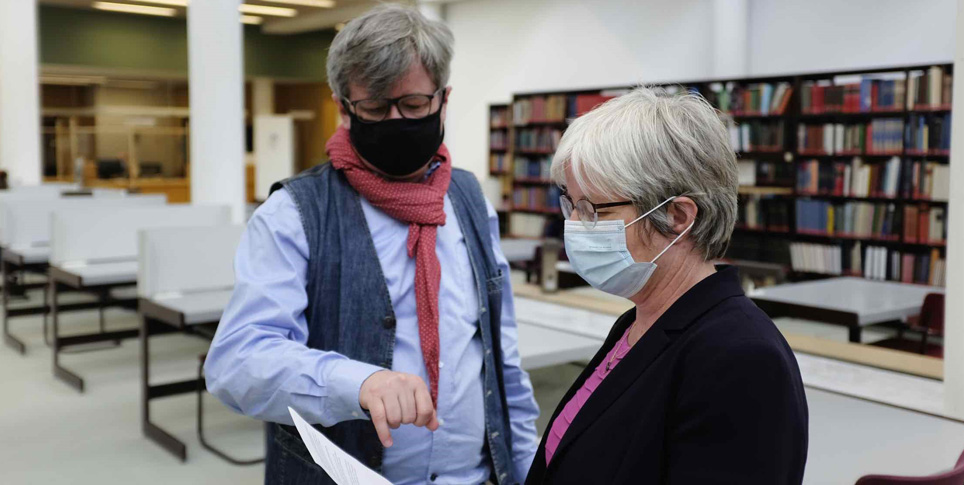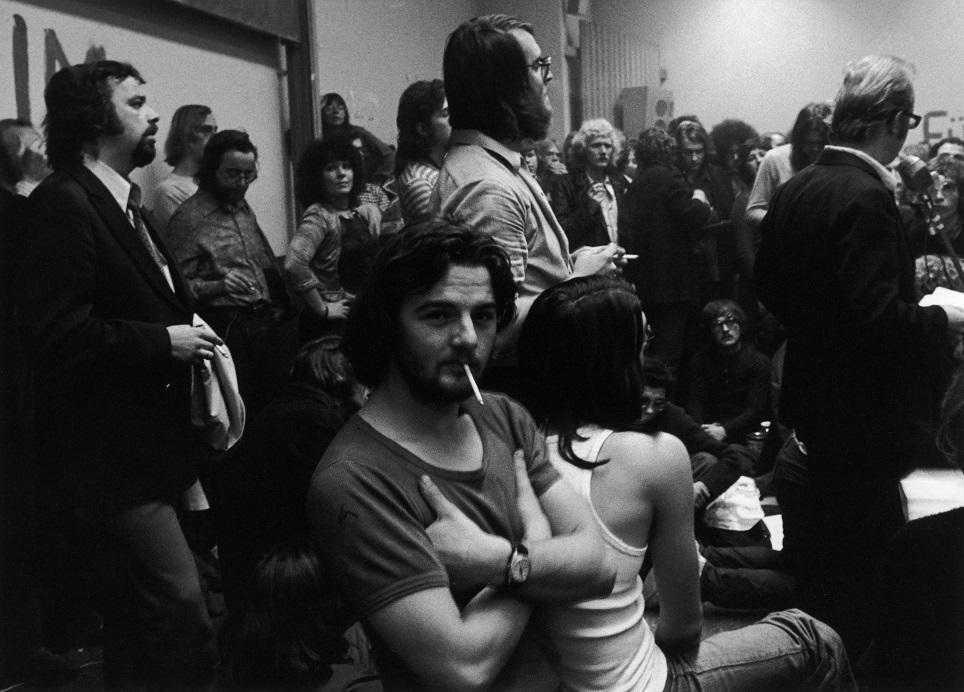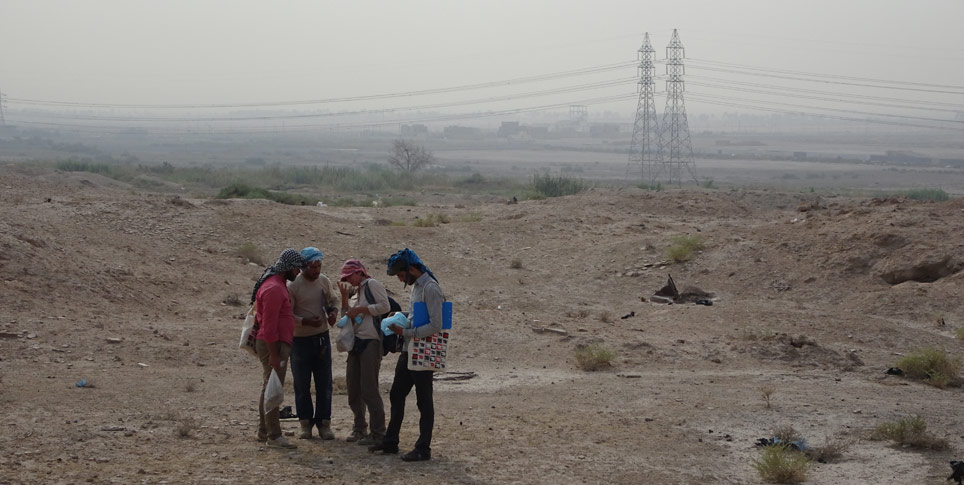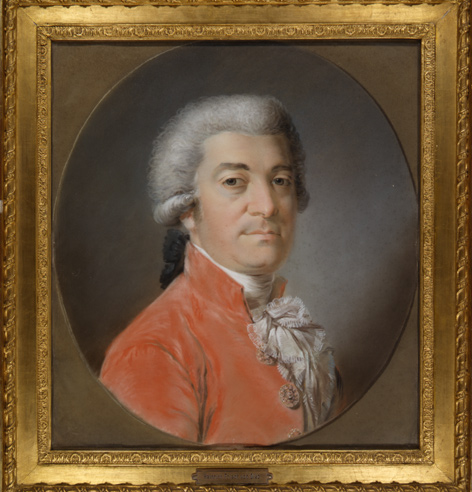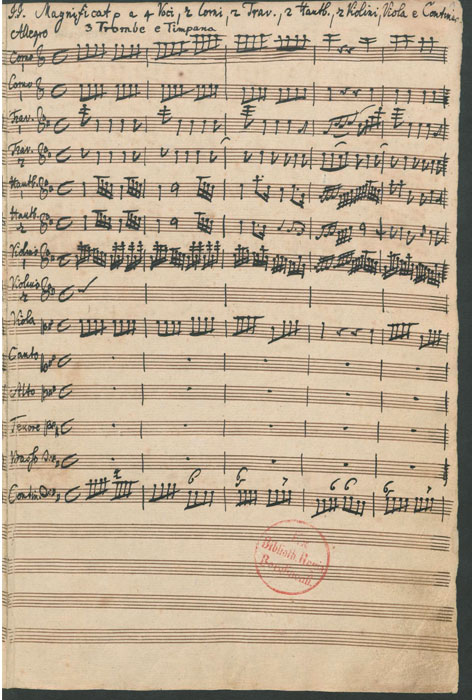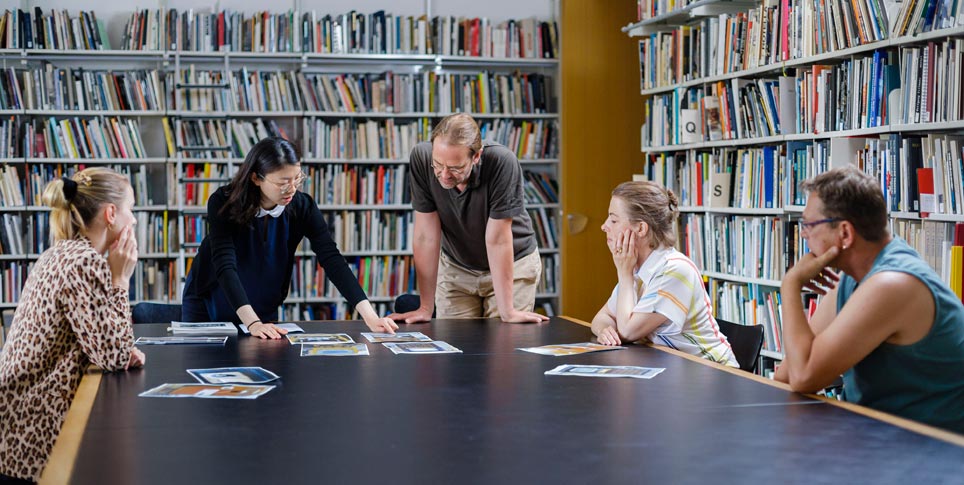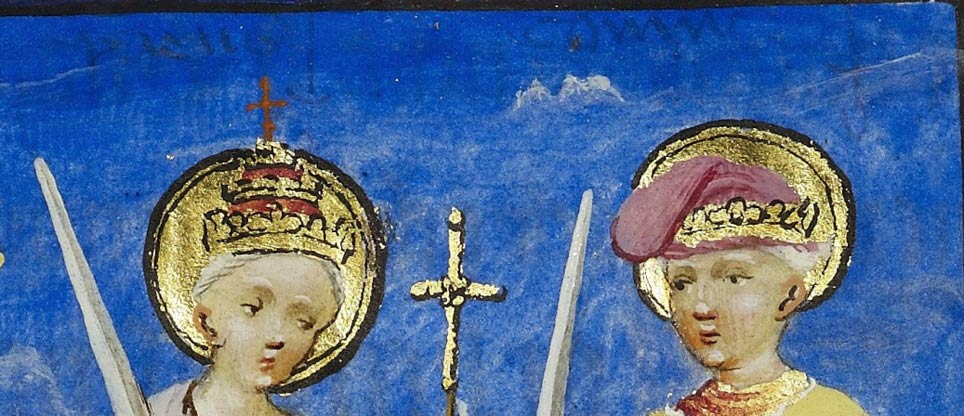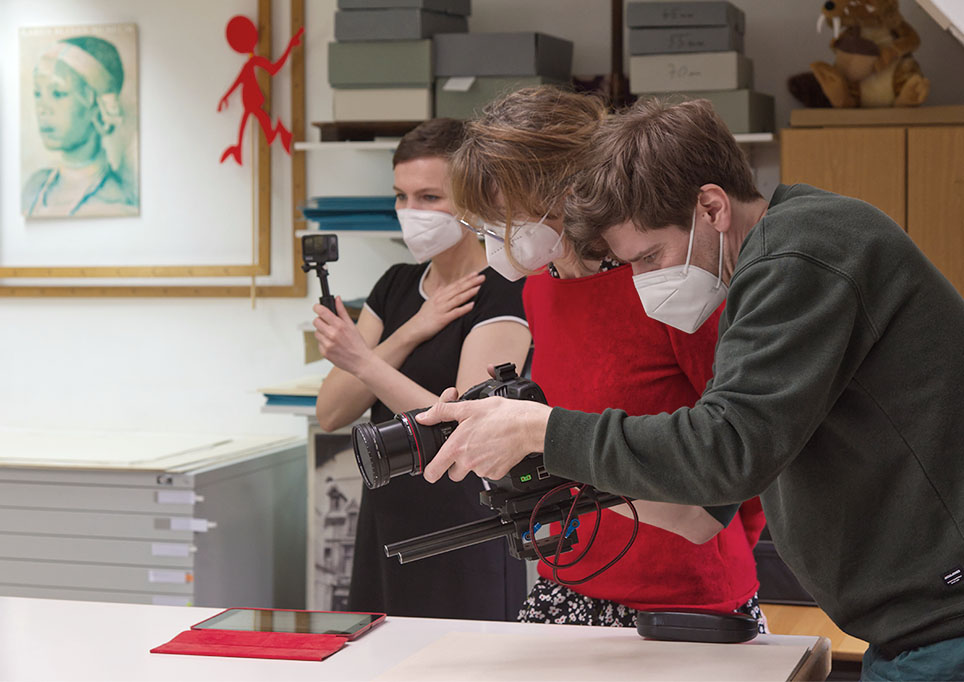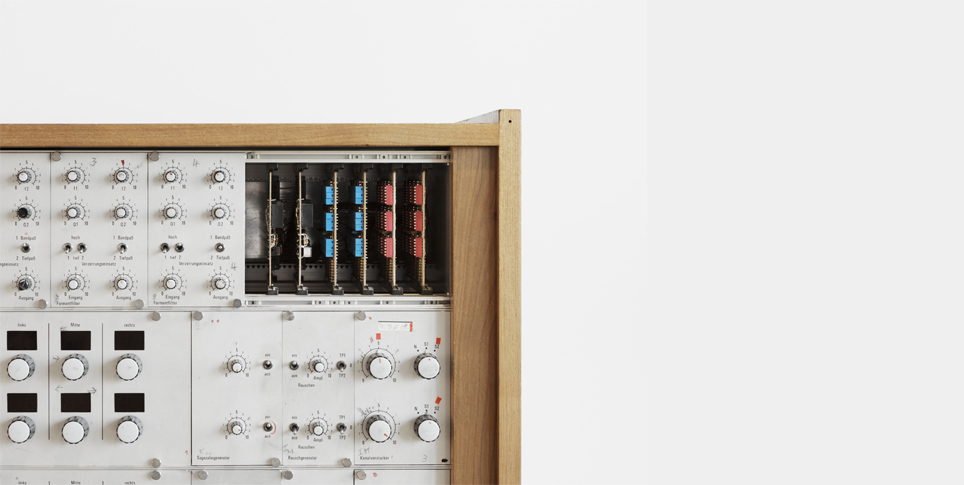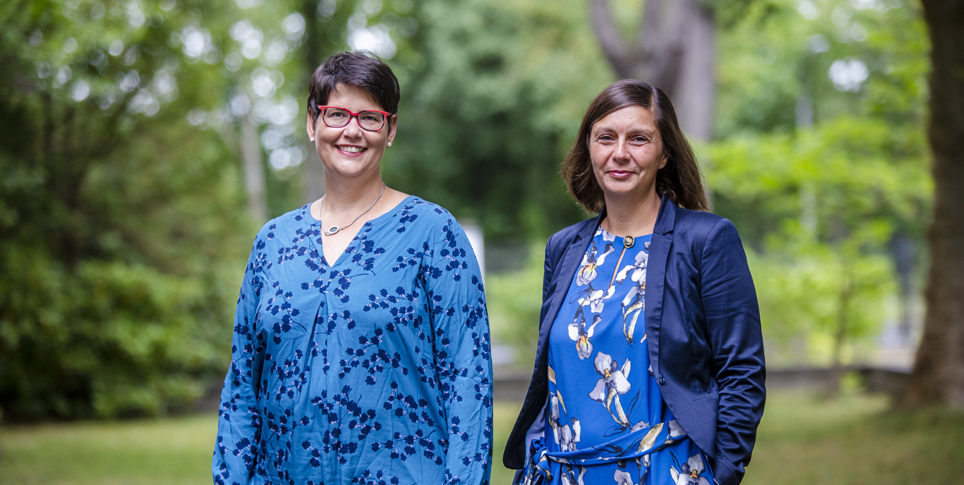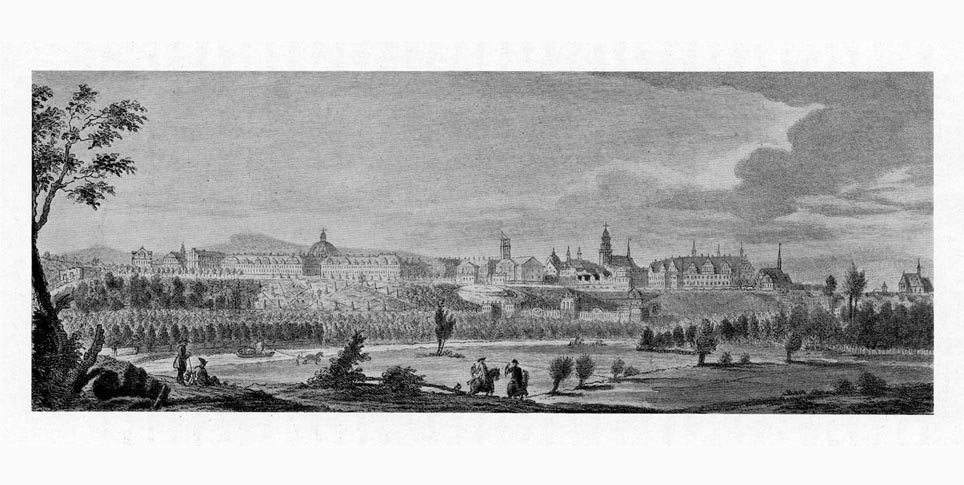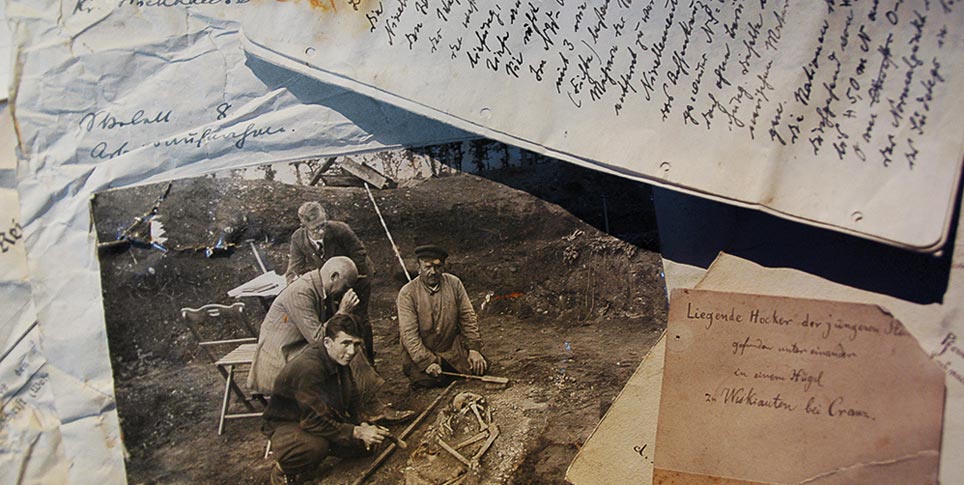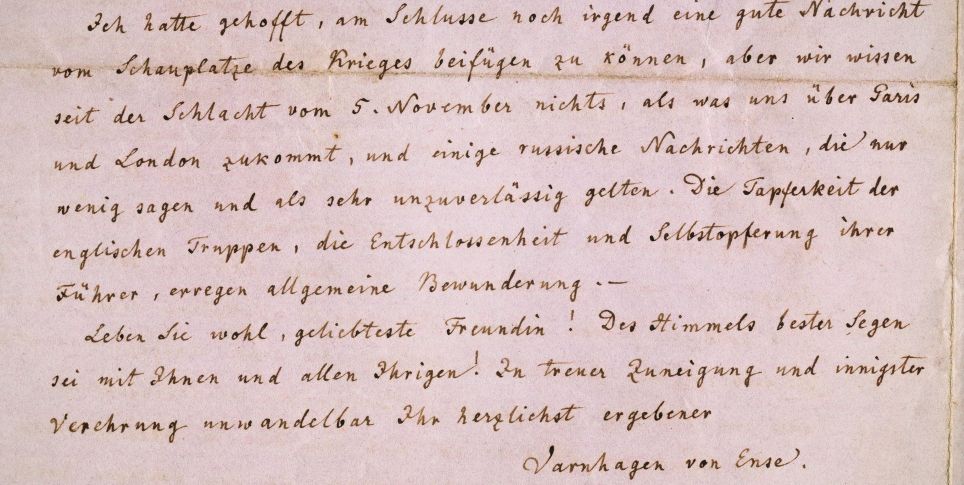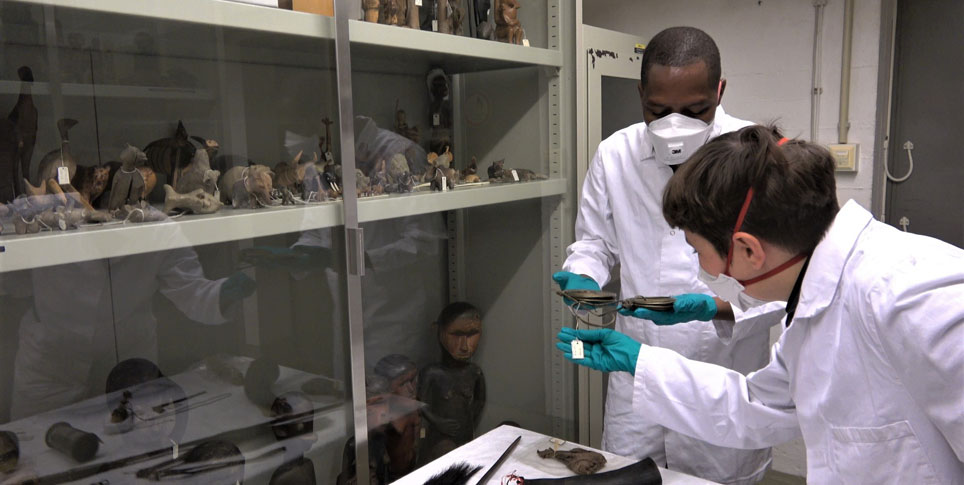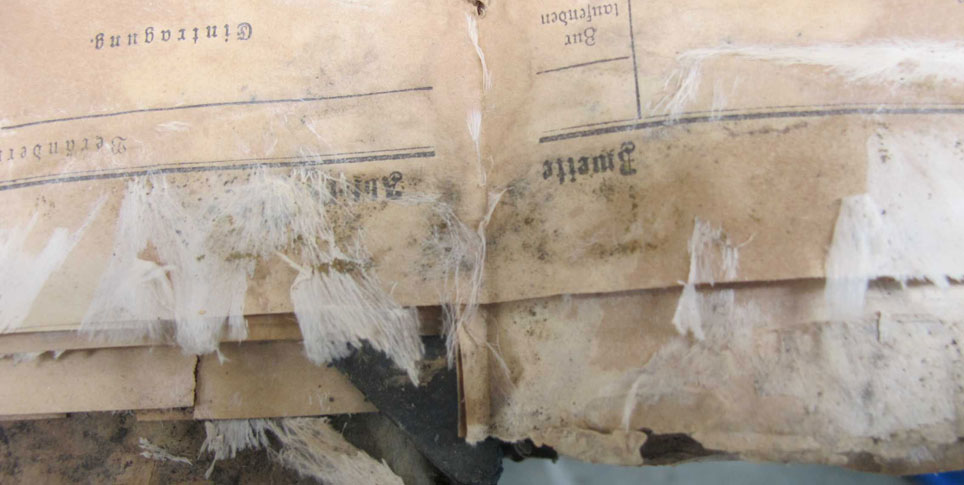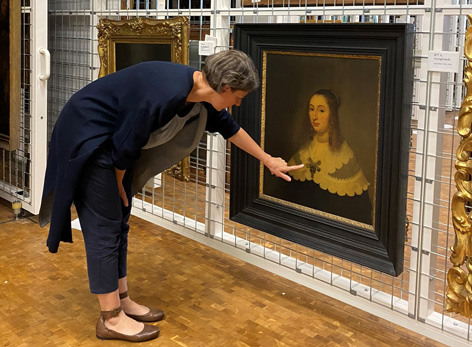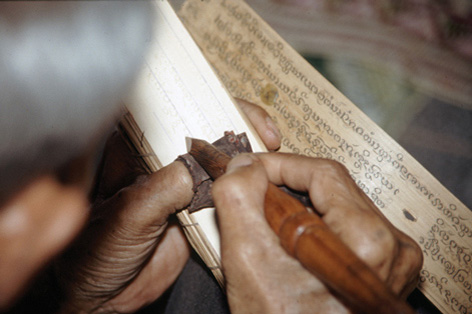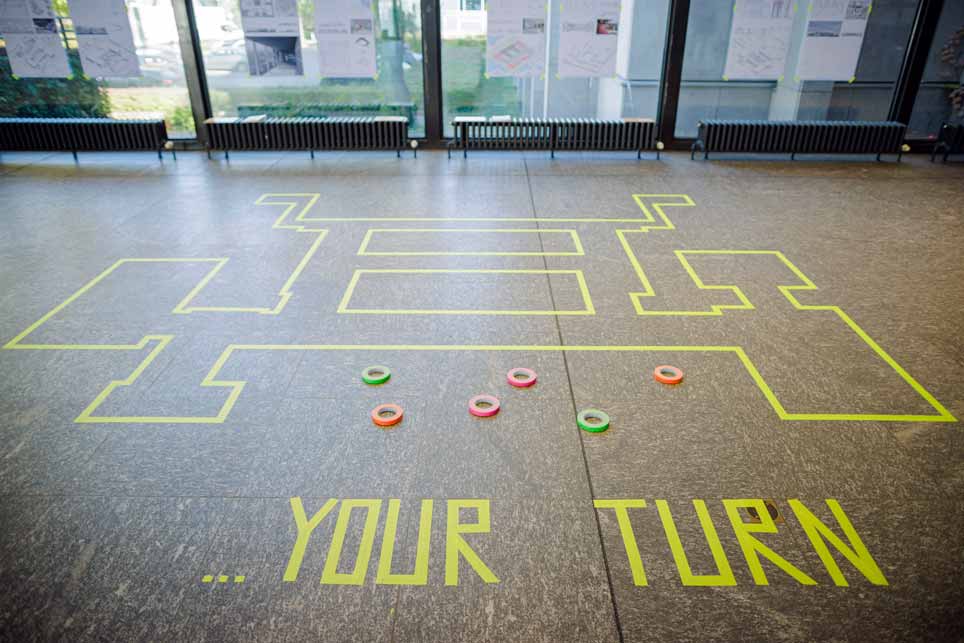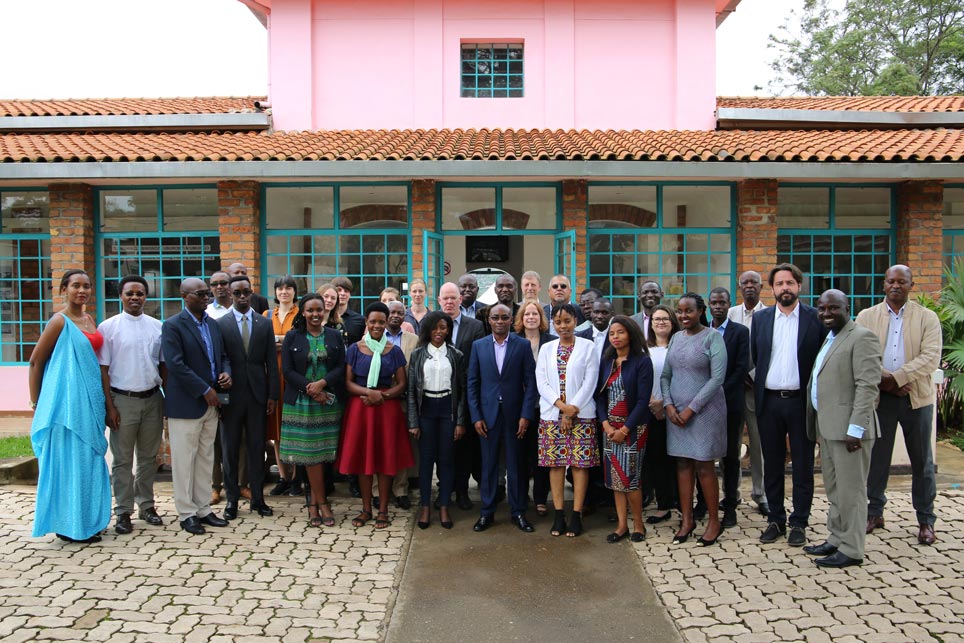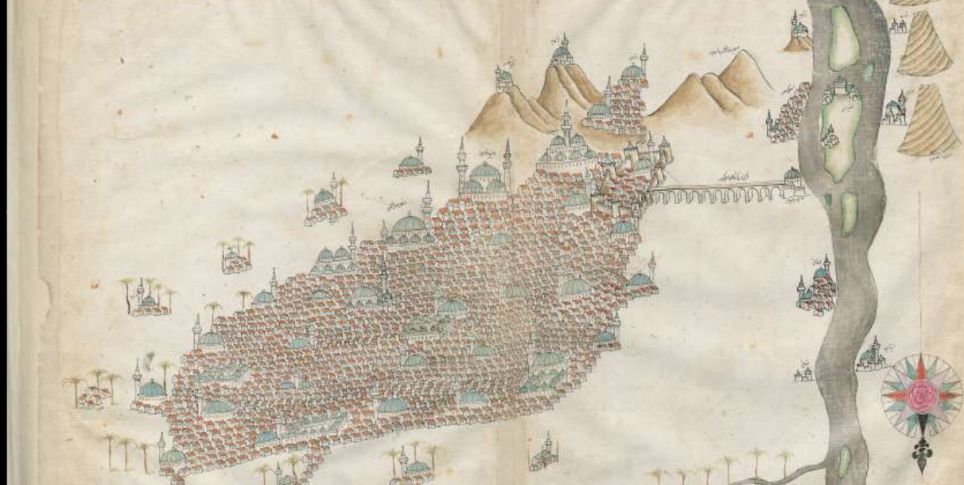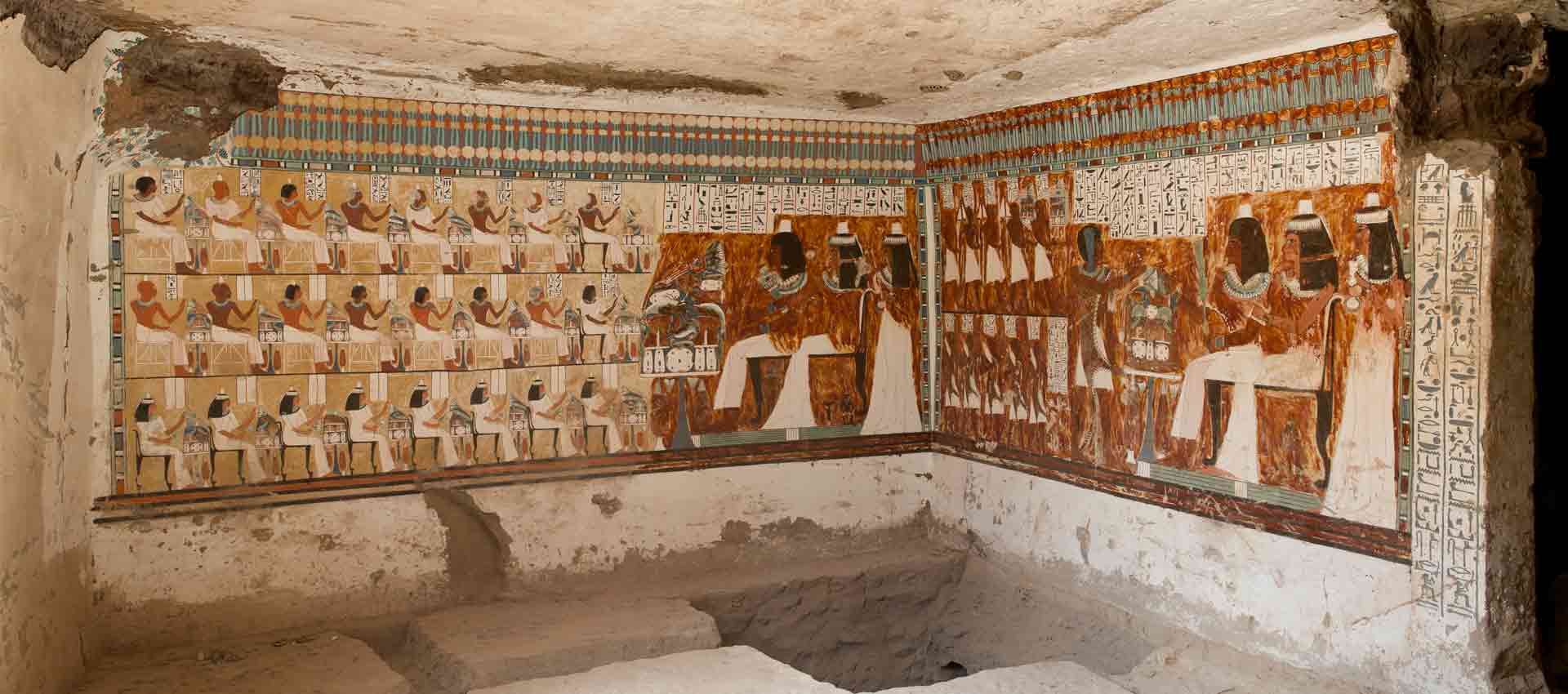Where does it come from? And how did it get here? Archivist Stefanie Bellach is investigating the mystery of an early medieval manuscript fragment.
How is this for a surprise: the oldest manuscript in the Geheimes Staatsarchiv Preussischer Kulturbesitz (Prussian Secret State Archives, GStA) is not from Prussia at all, but from Ireland or, more precisely, from Iona (an island west of what is now Scotland). It dates back to approximately 800 CE, a time long before Prussia even existed. It is actually only a snippet measuring 190 mm by 34 mm — barely larger than a strip of postage stamps. But it packs a historical wallop.
For many years, the oldest object in the GStA was thought to be a document dated May 29, 1188, in which Pope Clement III declared that the new monastery in Stendal, in the middle of the Mark Brandenburg, was under his direct supervision. But that was in the past, you might say. Because not so long ago it became clear that the GStA’s precious holdings come not just from the area between Kleve and Königsberg, but also from much further afield. Even if they are small.
o find out more, we talked to Stefanie Bellach, one of almost three dozen archivists at the GStA. She works in the section of the archives dealing with Prussia’s cultural administration in the period after 1808, preparing files for the database, creating finding aids, helping users of the archive with their research, and assisting visitors in the reading room. Over the fourteen years that Bellach has been working at the GStA, she has earned an undergraduate degree in history and gained an ever-growing appreciation of old manuscripts.
She is now working on a dissertation about the Irish monk Columba, who in 563 founded an important abbey located – where else? – on Iona, that island in the Inner Hebrides from which the GStA’s little manuscript fragment originated. That, in any event, seems to be the most likely origin. The scrap in Berlin, after all, resembles the Book of Kells, a famous early medieval Gospel book and masterpiece of insular illumination that is on display at Trinity College in Dublin, where visitors can admire its elaborate designs and brilliant colors. “We may assume,” says Bellach, “that the Book of Kells and our fragment in Berlin were copied from same book, possibly in the scriptorium of the abbey in Iona.” At least, that is strongly indicated by similarities in the design both of the script and of individual words.
Studying the manuscript involves detective work. There are so many questions for researchers to answer, and they go far beyond where and how the fragment was produced. How was the Gospel book, the liturgical book of which it was evidently a part, used? How did it make its way to the continent, and then eventually to Berlin? And why is there so little of it left? “The question I find most interesting,” Bellach says, “is how did the manuscript make it to the twenty-first century?”
Fortunately, she can build on the work of scholars before her. One of them is Anette Löffler, who first described the fragment in 2001, and another is Hartmut Hoffmann, who studied it in great detail before that. But probably the most helpful resource is a paper by Francis L. Newton and Robert Gary Babcock that provides a detailed comparison of the fragment in Berlin with the Book of Kells: the line number, line spacing, line size, etc. The authors, says Bellach, came to the conclusion that “Berlin and Kells could be siblings, maybe even twins.”
But what then? What happened after that? When did the Gospel book leave the abbey? Did a ninth-century Irish monk take it with him on his scholastic travels to one of the many Franconian abbeys that existed at the time? “Unfortunately,” says Bellach, “we can no longer reconstruct the book’s journey. It remains a mystery.” The only thing that can be said for certain is that, one day, the valuable book was discarded, scrapped and its components recycled.
It is this – the scrapping and re-use of old, worn books, and the ways in which they were taken apart and used to create new books – that interests the young GStA archivist and is the focus of her research. The writing and copying of manuscripts, after all, required considerable effort and privation. And the parchment itself was extremely valuable; it was an important raw material. To produce a single Gospel book, it might well have been necessary to skin an entire flock of sheep.
Given the costly nature of the material, it makes sense that it would be reused and not simply thrown away. Bookbinders, leatherworkers and papermakers recycled whatever pieces they could and bound them into new books, using them as endpapers or as fold reinforcement. That is exactly what happened with the fragment in Berlin: the strip was used to reinforce the spine of another book. Bellach explains: “The bookbinder unfortunately showed no regard for the original source, cutting through the lettering and gluing the strip to the spine of the new book.”
Clearly, aesthetics played no part in the parchment’s preservation. It is only just possible to make out a few lines from the Gospel of Luke, two on each side of the fragment (Luke 13, 11–16). It is no longer possible to identify the book whose spine it once adorned. All that is known is that the strip eventually ended up in the Historisches Staatsarchiv Königsberg (Historical State Archive of Königsberg). Later, after the war, it was briefly stored in the Staatliches Archivlager Göttingen before being taken to the GStA in Berlin. Archivists there recognized the value of the piece and separated it from its host – in three pieces.
These pieces were assigned a signature – GStA PK, XX. HA Historische Staatsarchiv Königsberg, Hs, Liturgische Fragmente (abgelöst), Nr. 84/71 a, b, c – and can now be seen by the public. Like most documents, they are stored in a dust-protected folder, wrapped in a special paper that allows the precious material to breath. The GStA holds thirty-five kilometers of files from almost nine hundred years of Brandenburg-Prussian history. The Irish manuscript fragment, around 1200 years old, made its way into the archives almost like a cuckoo’s egg. Bellach and her coworkers cherish it as one of their most treasured possessions.
